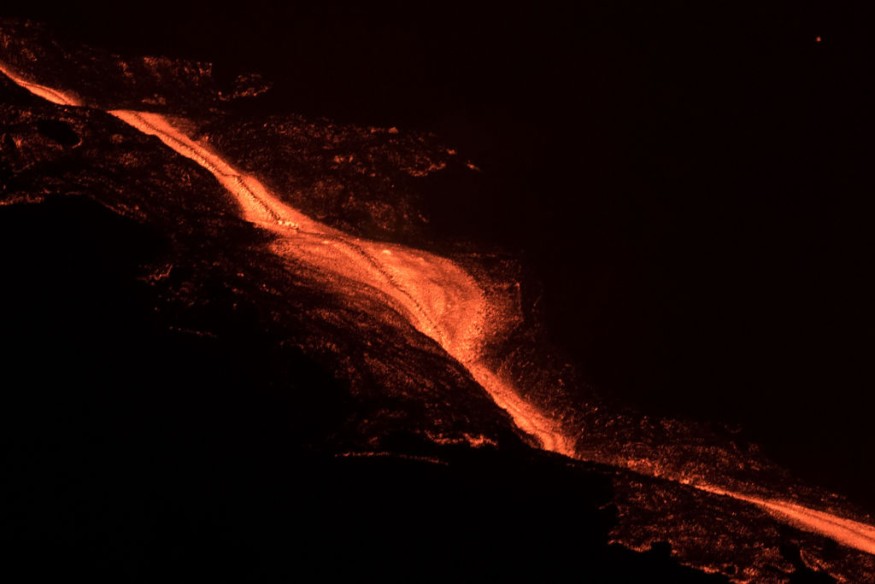A new study suggests that many of the ultradense structures sitting near the external regions of our planet's core could be among the pieces left by an old interplanetary collision event. According to the authors, the bizarre materials are called ultralow-velocity zones (ULVZs).
These zones are so dense that many earthquakes recorded in this place manifest in seismic waves that are 50 percent denser compared to the supposedly less-chunkier layers located in the mantle. It means that the ULVZ objects between the mantle and core can be considered denser than the rest of the mantle itself, having heavier elements that our experts only have limited data on.
Ultralow-Velocity Zones

Although the inner Earth is so dense, scholars seemed hesitant to confirm that the ULVZs are made up of blobs of rock due to observational challenges met by the community. The placements of the materials are measured at 2,900 kilometers beneath the Earth's surface, covering a space roughly in between the rocky mantle and the outer core made of liquid metal. Unfortunately, the devices in our age do not allow transparent imaging and data gathering from that kind of depth, which means that the only hope is the seismic waves available today.
Among the massive ULVZs was previously located in the depths beneath the Pacific Ocean and Africa. In the recent study, the authors were able to extract seismic data from under New Zealand and Australia. In this approach, the scientists intercepted detailed information from each of the places, leading to an assembly of an unexplored geological mystery.
In their findings, the authors said that the zones in each selected region do not have a uniform structure but are seemingly compiled through various layers of collective materials trapped within eons.
The Australian National University's Research School of Earth Sciences expert and lead author of the study Surya Pachhai said in a LiveScience report that their team was surprised about the contents of these ultra-low velocity zones because instead of having just one homogenous composition, they are built from overlapping layers compressed with distinct compositions.
Deep Impact of Planet Theia to Earth
Pachhai explained that the presence of materials in the ULVZ was induced by chemical varieties accumulated since the early Earth and unfinished mantle convections, covering up to 4.5 billion years of activity.
Throughout the examination, the authors found a hint of the zone's material origin. Back in 4 billion years ago, Earth was still forming its first crust contents made from rocks. Just under the surface, heavier elements continued to manifest, including iron, which sank deeper and deeper to the central region of the planet's inner part. It also pushed lighter elements such as silicone to 'float' towards the mantle.
The completion of this process became disrupted when planet Theia crashed face to face with Earth, slamming itself close towards our planet's early formation and birthing the 'giant impact' hypothesis. Theia was theorized to exist in size similar to our neighbor Mars, which is large enough to damage the terraforming of Earth and throw its pieces of rocks into orbit.
This theory also gives insights into how our very own moon originated near the planet. Alongside the existence of the lunar body, Earth's content was forged with many gases, rocks, and crystals during the collision, creating a short-lived magma that covered the planet for a couple of billion years. Heavier metals from these blobs of rock sank to the bottom of Earth's mantle and followed by lighter ones. The study was published in the journal Nature Geoscience, titled "Internal structure of ultralow-velocity zones consistent with an origin from a basal magma ocean."
Check out more news and information on Geology in Science Times.











